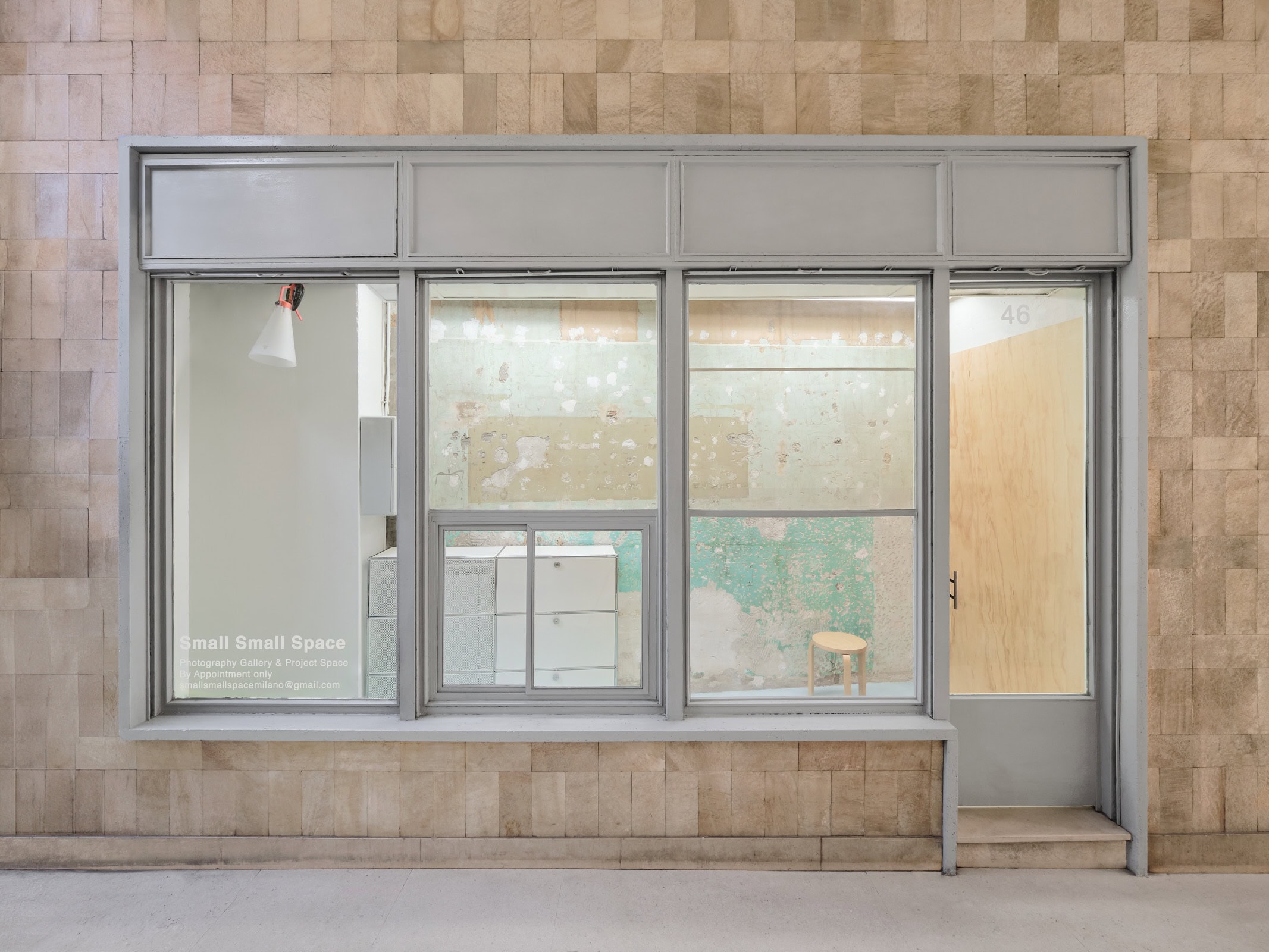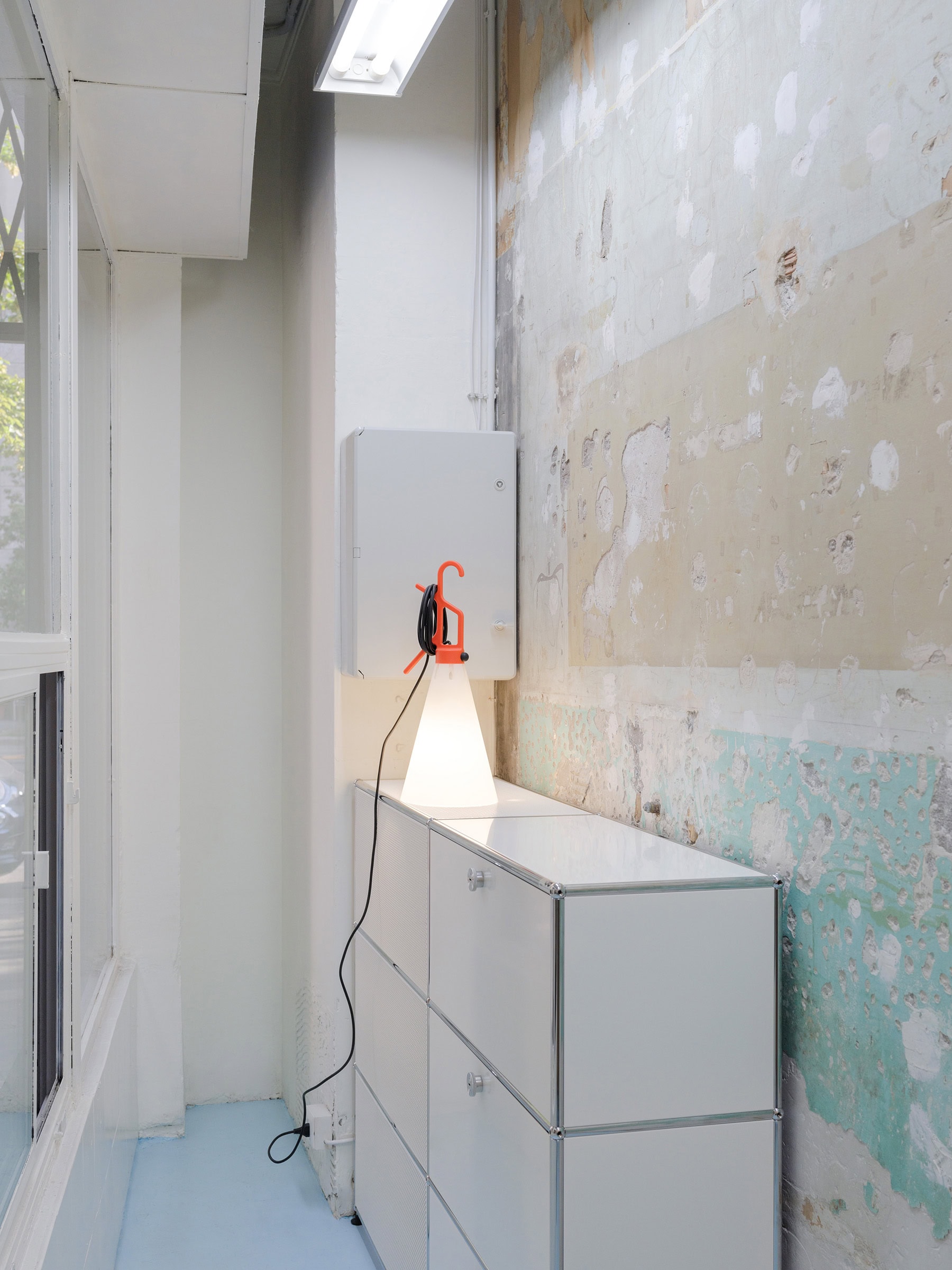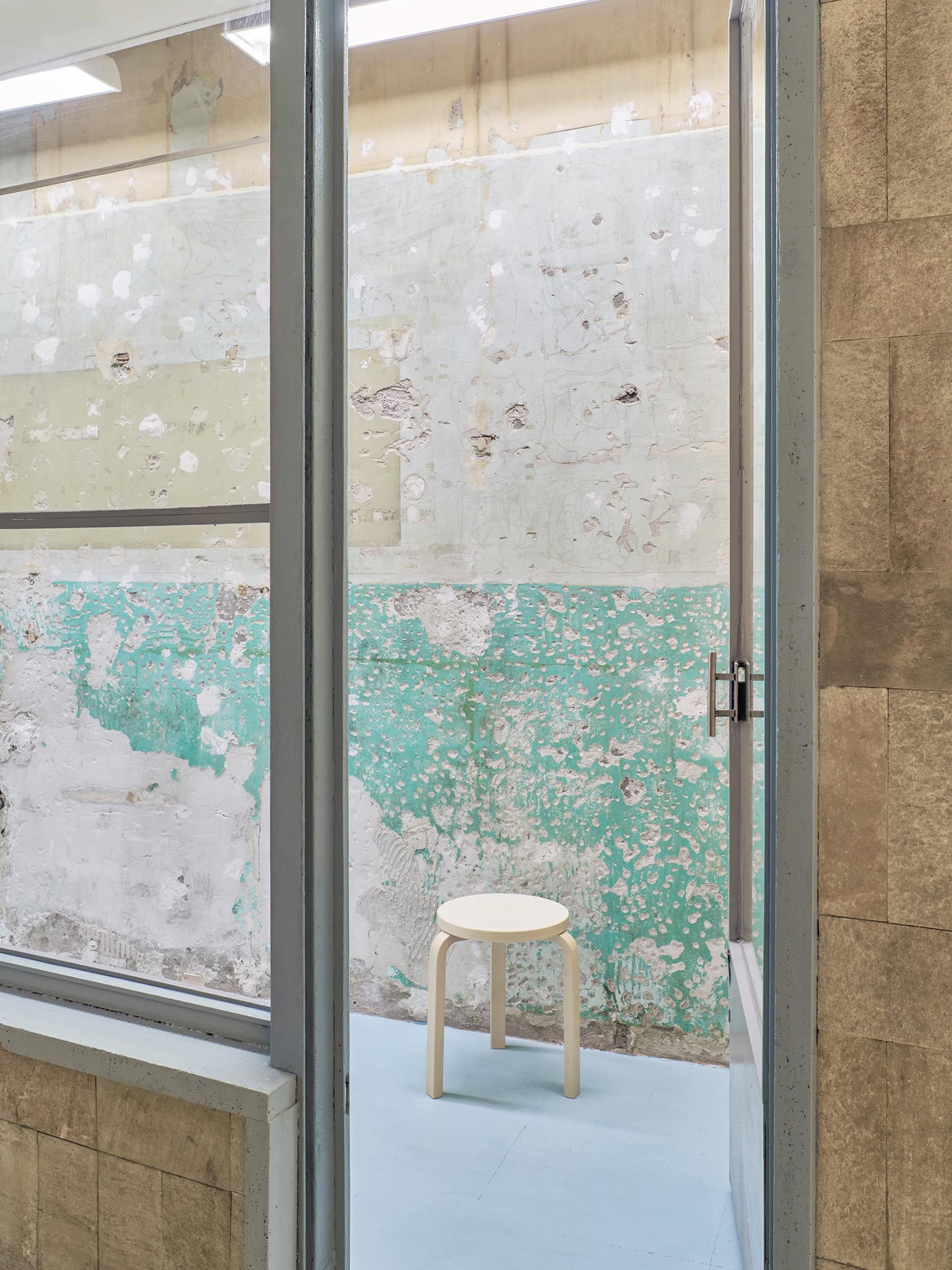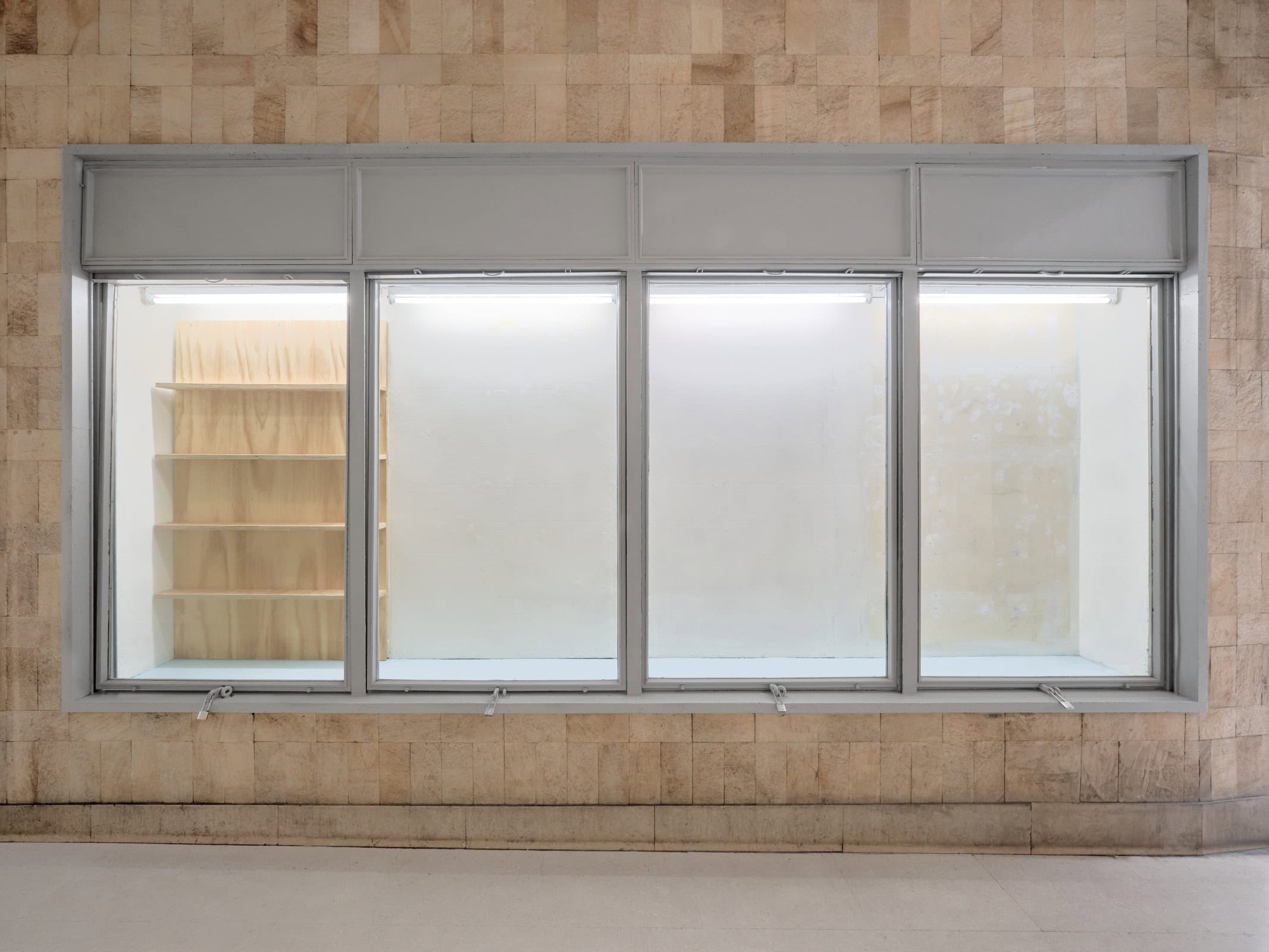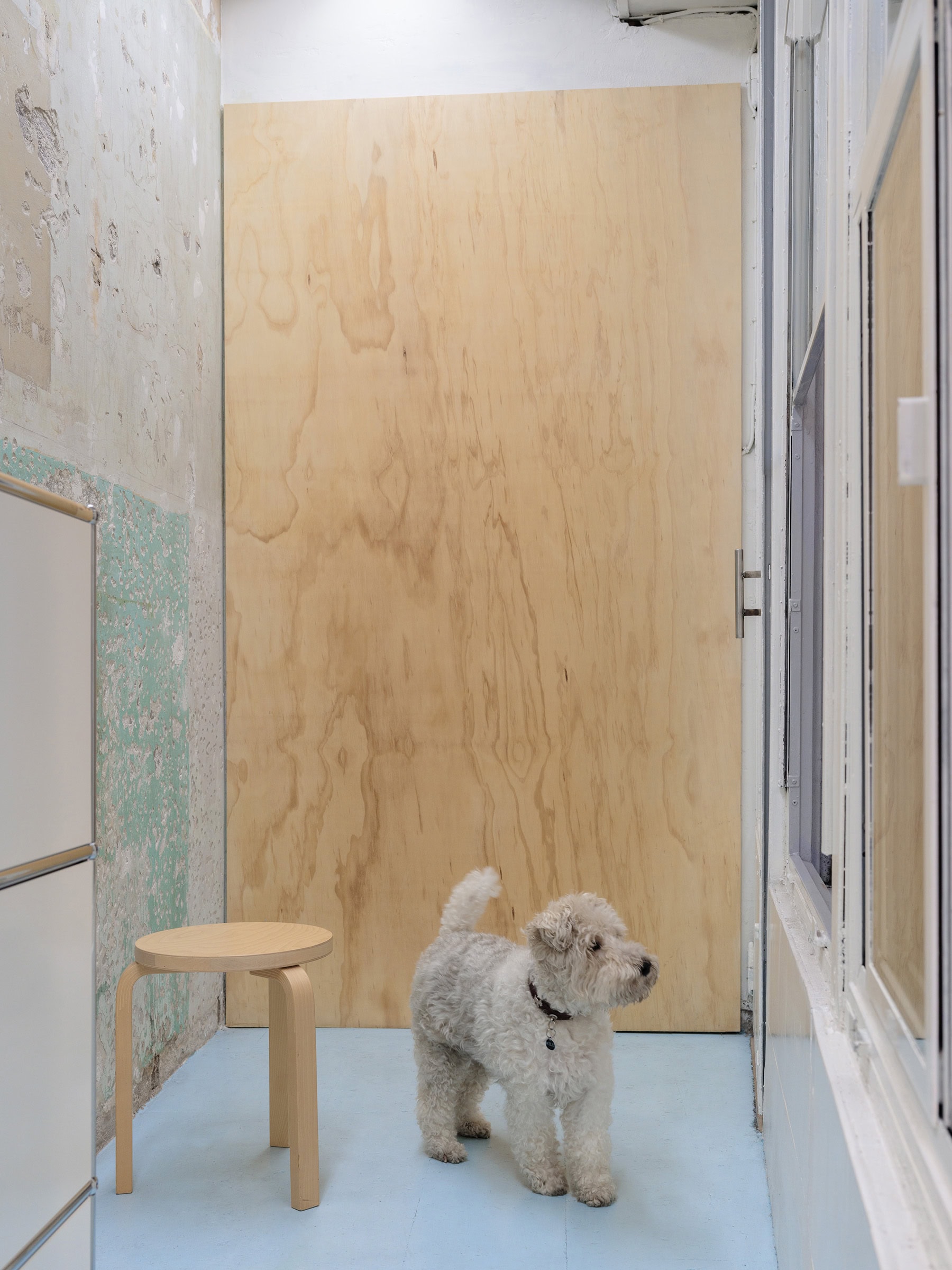Small Small Space is a 7-square-meter gallery dedicated to contemporary visual and project culture. Located in the centre of Milan, it is characterized by its tiny spaces and the unusual exhibition solutions that result from them. Small Small aims to bring the public closer—literally and metaphorically—to the world of contemporary photography and what surrounds it, offering a refined selection of books, prints, and design objects. Thus, the space becomes a meeting point between adjacent disciplines, which find in their contamination new design scenarios. Small Small will, therefore, not only host exhibitions but will also configure itself as a place for in-depth study and research, through collaborations with bookshops, magazines, and publishing houses. On the borderline between a gallery and a project space, the site aims to become an active meeting point between different project contexts that can work together to realize site-specific installations. Small Small was founded in 2023 by Michele Foti. Together with Layuhl Jang, they curate exhibitions and internationally oriented projects, with a particular interest in cross-cutting narratives.
Ilaria Sponda: How would you present yourself, Michele, and Layuhl, and what’s your background?
Michele Foti: I’m a photographer and video editor.
Layuhl Jang: I work as a creative director and set designer but I’m also into cooking and catering. We both work in the fashion and product design industry.
IS: What’s the story of Small Small Space?
MF&LJ: The space is located very close to our house. It used to be a newsstand, and every time we passed by it, we often fantasised about how perfect it would be for a gallery. When it became vacant, we decided to take it and turn it into what was always just in our minds. We did the work ourselves, with the idea of creating, on a very small budget, a personal but also simple place. From the beginning, we wanted it to have an “international” feel. And here we are.
IS: Nowadays, the right to space—as here in Milan—is undermined by high rents and privatisations. This is to say that having a space to practice curation and exhibit creative works is a privilege and an achievement too. How have you turned the fact that your space is small into its strength?
MF&LJ: In the future, we will definitely have to rethink the idea of space at our disposal within large cities, and learn to live in small spaces, which have very specific dynamics and ways. For example, the increased attention needed to better organize what one has, learning to have around only what is necessary… One only has to look at the Asian example to realize how much can be done even in little space.
IS: How is Small Small positioned in the city? What kind of area is it placed in?
MF&LJ: Small Small Space is located in the central area of the city, near the city’s main court and San Babila. The space has so much history: it was a flower shop, then a newsstand… People in the area have so many memories connected to it. They often tell us about the time when, in front of the gallery, there was a lot of lawyers in suits using that street as a shortcut between offices and the court, “and, especially at Christmas time, you could hardly get through”, to quote some. We really love the architecture of the neighborhood, characteristic of the 1930s-1950s, for example, the court, the Chamber of Labor, and the “Casa Albergo” on via Filippo Corridoni to name a few.
IS: What projects have you exhibited so far?
MF&LJ: Small Small opened to the public in May 2023 with an exhibition dedicated to the launch of the first issue of Parklife—an independent publication by Continente Editions and edited by Paola Ristoldo and Alessandro Furchino Capria. October 2023 has seen the opening of the second exhibition, Green Golf and Parquet Panga Panga. Milano San Felice, an exhibition on the photographic work featured within the book of the same name (Humboldt Books, 2023), curated by Elisa Di Nofa and Francesco Paleari.
IS: What’s next?
MF&LJ: At the moment there are several projects in the pipeline, some related to the world of photography and publishing, others to product design and architecture… We don’t want to limit ourselves. It’s very important to us to collaborate with people and worlds that we like and that we feel are “close”, in a spontaneous way, giving space to Italian and international projects, which we often miss in the Milanese scene.
